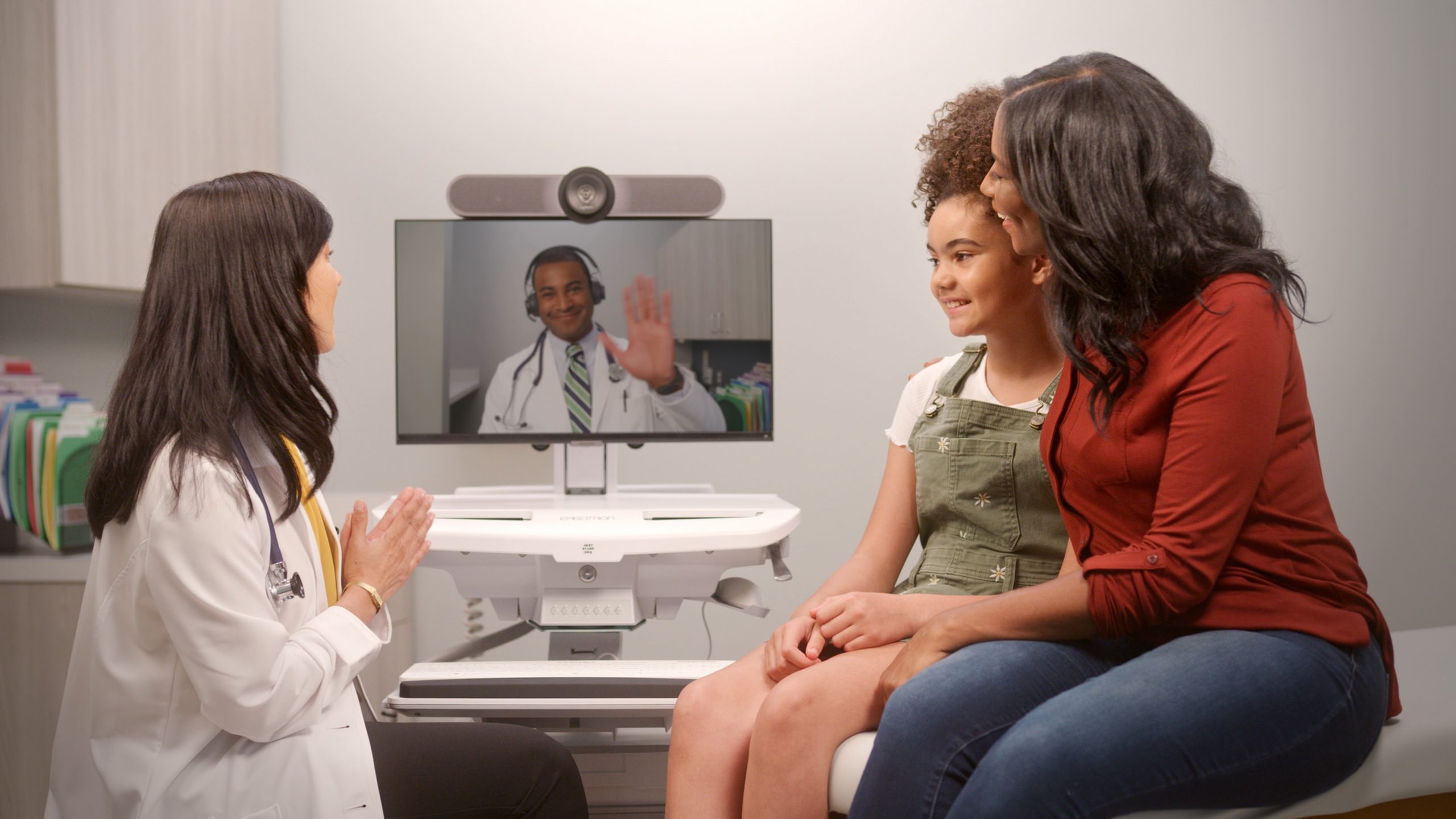Study: Video Quality Largely Determines the Telehealth Experience
Telehealth Awareness Week Blog

Enhancing the patient experience has become paramount in healthcare as providers seek more proactive engagement from patients. It is more critical than ever for patients to take a more active role in their care management in order to restore balance to an alarmingly strained and overburdened healthcare system. Not only is increased patient engagement critical to population health management, it is becoming essential for successful public health initiatives.
Health systems are increasingly looking to technology to enhance the patient experience while simultaneously improving clinical efficiency. While tech has very much helped to accomplish this in recent years, certain obstacles persist in providers’ tech offerings “underneath the hood” that obstruct or diminish the patient experience, hindering care outcomes. These obstacles can come in many forms, from system integration and interoperability challenges to meeting strict regulatory requirements and working across varied networks and endpoints.
Video-based telehealth, for example, has thrown open the door to access to care. With this profound tool, patients have been given the ability to meet with their providers from anywhere, any time. With telehealth, it is easy for patients’ care team to participate in their care from afar. Additionally, more frequent, better two-way or multi-party communication has been shown to increase patient safety. Finally, telehealth can significantly improve clinical efficiency, mitigating clinician burnout – a pernicious and growing issue in the industry today.
Data Shows Video Quality is a Deciding Factor
However, while telehealth has provided unprecedented access to care and the opportunity to transform clinical efficiency, the experience remains incomplete due to select technical factors. Specifically, a Global Virtual Care Experience research study from Escalent, in partnership with Logitech, found that 82% of providers have had serious issues with the video quality they provide to patients.
Recreating the in-person experience as much as possible is necessary for telehealth to produce the right outcomes. This remains difficult to accomplish without establishing a sense of immersion. Naturally, crystal-clear video and the ability to pan and zoom freely without a loss in visual fidelity are key components of that equation so that accurate diagnoses can be made virtually.
Respondents to the study (including patients and providers alike) said that for a positive telehealth experience, the video quality delivered by the healthcare provider (HCP) is a priority. More than 9 out of 10 (97% of patients, 98% of providers) indicated it was at least somewhat important to the overarching telehealth experience. Furthermore,
- 51% of providers were dissatisfied with their camera’s video zoom capabilities
- 34% were not satisfied with their video resolution
- 34% were dissatisfied with the ability to connect easily
93% reported video quality as being a critical contributor to the patient experience, and poor video quality as reducing the likelihood of the patient attending future telehealth visits (92%). More than two-thirds (68%) of global HCPs worry that poor video quality could lead to their patients choosing another HCP altogether.
Kicking Immersion into High Gear for the Future of Telehealth
There has never been a greater sense of urgency for innovation in care delivery than right now. While the future of digital health in general is bright, it is clear that there is still further to go in crossing the “last mile” in telehealth so that it reaches its full potential and boosts care delivery to new heights. While there are many factors that go into creating a smooth, seamless telehealth experience (such as ease of connection and use), providers’ ability to overcome audio/visual challenges in order to deliver a virtual visit that is just as good or even better than in-person can make or break widespread, mainstream telehealth adoption.
Learn more about insights from the Escalent study during the American Telemedicine Association’s Telehealth Awareness Week and The Source Podcast: A Global Review of Sentiments on Video-Enabled Virtual Care.
About the Author
For more than a decade, Heather Peacock has served the healthcare IT audience in global strategy roles at Hewlett-Packard, Charter Communications, and currently, as the Global Healthcare Marketing Lead for Logitech, Inc. She is HIMSS Certified in Healthcare Technology Sales & Marketing, an active member of the American Telemedicine Association (ATA), and is committed to advocacy for virtual care adoption and acceptance globally.

